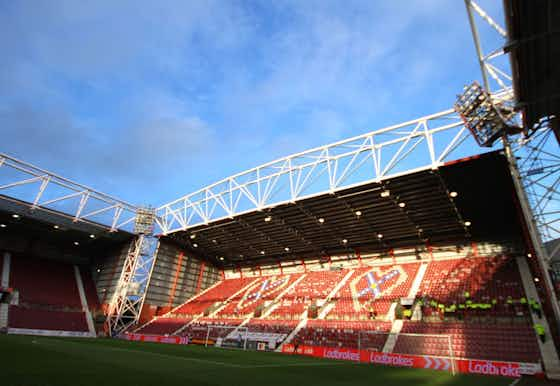The Celtic Star
·03 de abril de 2025
Small Talk – Scottish football’s league sizes, history and rumours

In partnership with
Yahoo sportsThe Celtic Star
·03 de abril de 2025


Dens Park, Dundee v Celtic. 14th January 2025. Photo Vagelis Georgariou
The current size is 12; rumours suggest it could be lowered to 10. When it comes to league sizes, what is the historical position? And what might change mean for Celtic?
The Scottish League first took place in 1890-91. Since then, there has been a national League every year, except during World War Two and the year after this. This means there’s been 128 League seasons, including this year.
When the League started (1890-91) there were 11 teams; surprisingly, an odd number. This has actually happened twice. In total, there’s been eight different numbers of teams at various times in Scotland’s top league: 10, 11, 12, 14, 16, 18, 20, 22.

Ross County v Celtic in Dingwall. Photo Vagelis Georgariou
Of these eight different League sizes, Celtic have won the title in seven of them. The only one they haven’t done is 11 teams (1890-91 and 1900-01).
The Bhoys’ first title in 1892-93 featured a ten-team league. Overall, 12-team leagues have given Celtic most wins (19).
The size of the League has largely not influenced Celtic’s success. Of the Bhoys’ 54 titles, 29 have been won in Leagues of 12 or fewer; 25 have been 14 teams or more.

Easter Road from above. Hibs v Celtic. 22 February 2025.Photo: Vagelis Georgariou (The Celtic Star)
In total, the Celtic record for their 54 League wins reads as follows (not counting this season):
10 teams – 10 wins 12 teams – 19 wins 14 teams – 1 win 16 teams – 1 win 18 teams – 9 wins 20 teams – 13 wins 22 teams – 1 win
The most common number of teams in Scotland’s top league has been 12. This has happened in 32 seasons. This is followed by 18 teams and 10 teams (both on 29 seasons) and 20 teams (21 seasons).

Ross County v Celtic in Dingwall.
The history of the Scottish League has been constantly changing numbers of teams in the top flight. In the 128 seasons it has taken place, the number of teams has been altered on 20 separate occasions. The average number of teams per season has been 15.
The longest single run when the League has been one size is 25 years. That is the current 12 teams set-up, which has been the case since 2000-01, albeit this has seen various changes such as the introduction of a split.
It’s difficult to know what the effects are of changing the number of teams. Some believe a bigger League increases competition; they point to decades like the 1950s with up to 20 teams which enjoyed variety of trophies and league wins.

St Mirren Park. Scottish Premiership, Saturday 1st March 2025. Photo: Vagelis Georgariou (The Celtic Star)
However, the 1980s was also very competitive with only 10 sides. In addition, one factor that led to a smaller league being introduced in the 1970s was Celtic’s nine-in-a-row run.
Given the role of money in success across Europe; altering League numbers is unlikely to have a huge impact. If Celtic back reform, it’s likely because they expect more Champions League games in future; this would mean they’d want fewer domestic games.
In reality, there’s no settled size of Scotland’s top league. Of the 128 seasons, 63 have had 12 or fewer teams; 65 have been 14+.

Tynecastle. Photo by Vagelis Georgariou
Everyone has an opinion on League size but the honest answer is that every system has positives and negatives. Problems that people perceive now could be addressed with a bigger league, but they would surely create new issues themselves.
What are your thoughts? Here’s what the St Johnstone thinks…
Matthew Marr
If you want to learn more about Celtic history, follow Hail Hail History on Twitter/X. You can also take part in a FREE Celtic history walking tour. Visit celticwalkingtours.wordpress.com for more information.
Click on cover to order a hardback copy
Matthew’s debut Celtic book titled ‘The Bould Bhoys – Glory to their name’ was published by Celtic Star Books last year and is available to order HERE. This brilliant book is also available on Amazon Kindle for just £3.49 and includes all photo sections that appear in the hardback edition.
Matthew Marr with his debut Celtic book, Glory to their name, which tells the story of Celtic’s first ever title win. Photo The Celtic Star
Celtic in the Thirties by Celtic Historian Matt Corr is published in two volumes by Celtic Star Books.
More Stories / Latest News






























































